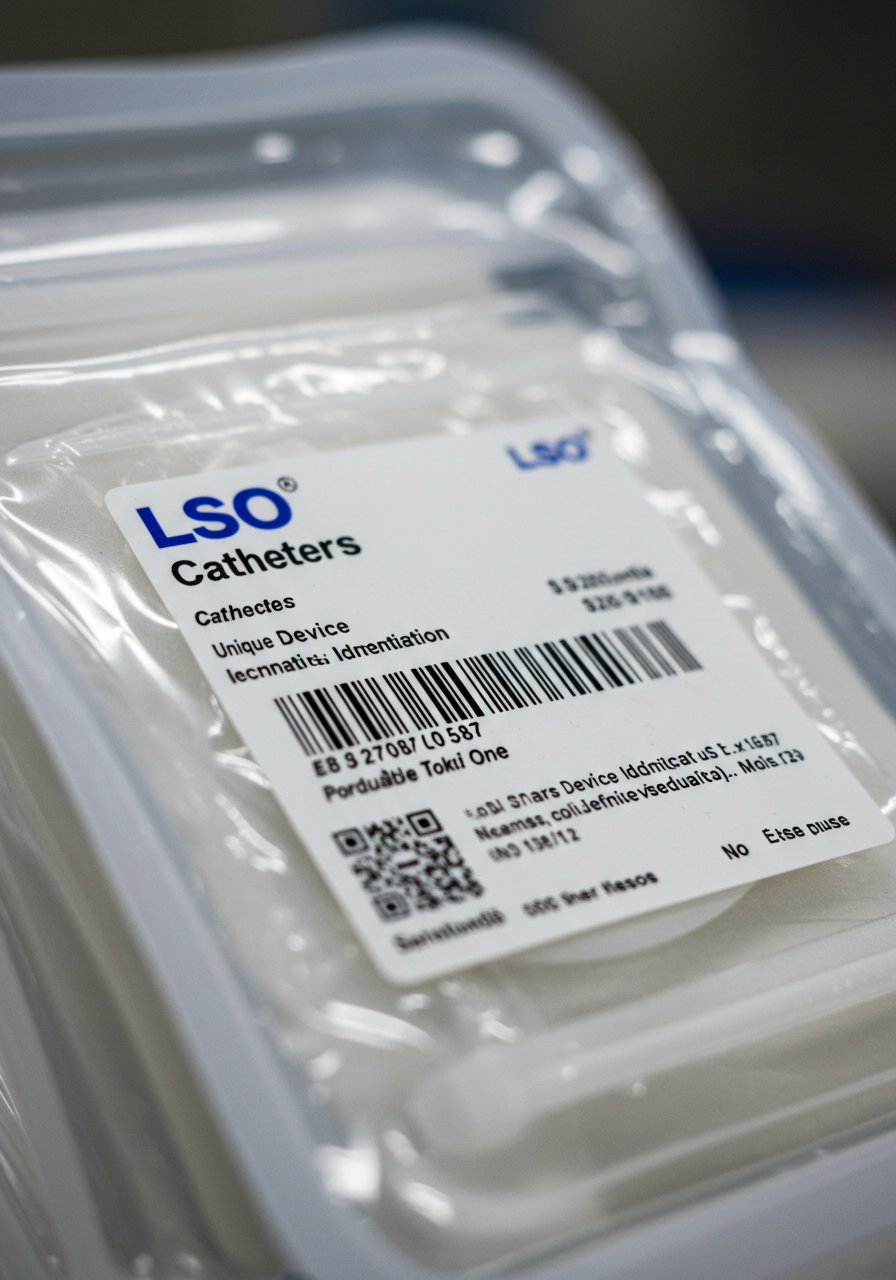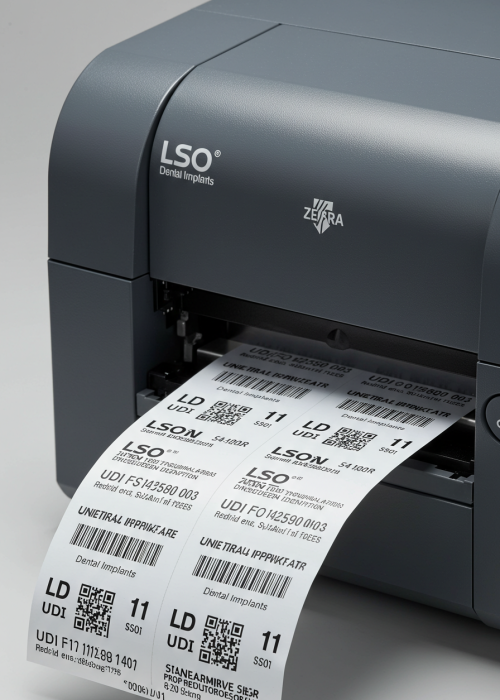Life Science Outsourcing can help medical device manufacturers meet UDI system labeling and bar code requirements.

Meeting FDA UDI system requirements is essential for regulatory compliance, traceability, and patient safety. As part of our end-to-end solutions, we help medical device manufacturers implement UDI systems, including label design, barcode integration, and GUDID submission. Ensure compliance while streamlining your supply chain with expert support from LSO.
The unique device identification system was established by the FDA as a regulatory framework to uniquely identify medical devices across distribution activity and use. UDI compliance is mandatory in the United States. Non-compliance can result in regulatory actions, including fines or product recalls.
The system assigns a UDI to each device, along with labeling requirements, followed by submission of device identification to the FDA’s Global Unique Device Identification Database (GUDID).
A UDI system implementation offers several advantages to manufacturers:
Improved traceability
The UDI system improves medical device traceability and enhances the ability to quickly identify and address safety concerns, recalls, and adverse events.
Enhanced patient safety
Medical errors are reduced when accurate identification of the right device for the right patient can reliably occur in hospitals or clinical settings.
Supply chain efficiency
A UDI system enhances supply chain management by supporting better device tracking throughout their lifecycle, from manufacture to disposal.


A UDI system implementation is necessary for medical device manufacturers to assign UDIs to their devices and ensure proper labeling. Distributors and importers use a UDI to maintain accurate records for the devices they handle, and healthcare providers use them for device tracking and patient records.
A UDI system implementation works through several specific steps:
UDI assignment
Manufacturers must assign a unique UDI to each device model. This includes a combination of a device identifier (DI) and a production identifier (PI).
Labeling requirements
The assigned UDI must appear on the device label and packaging in both plain text and machine-readable formats (barcodes).
Data submission to GUDID
Manufacturers must submit device information to the FDA’s GUDID, which acts as a centralized database accessible to stakeholders.
Use in clinical and supply chain systems
UDIs are integrated into electronic health records (EHRs), inventory systems, and clinical databases for better device management.


FDA regulations make the UDI system mandatory for most medical devices distributed in the United States. Failure to implement UDI can result in regulatory enforcement actions, impacting the ability to market and distribute devices in the U.S. It is a necessary step to enhance the overall device management, safety, and quality in the healthcare system.
Our medical device incubator services offer comprehensive support for medical device development, including facility utilization, quality management guidance, FDA registration assistance, clinical and R&D builds, full traceability, and product packaging and validation support. Contact us today to learn more about how we can support your UDI system implementation needs.

Comprehensive packages for regulatory compliance.

From fractional to full cycles with EtO residual testing.

Secure with 2X qualification.

Tailored to your sterilization needs.
Receive the latest infographics, guides, and blog updates for medical device manufacturing, package testing, and sterilization.